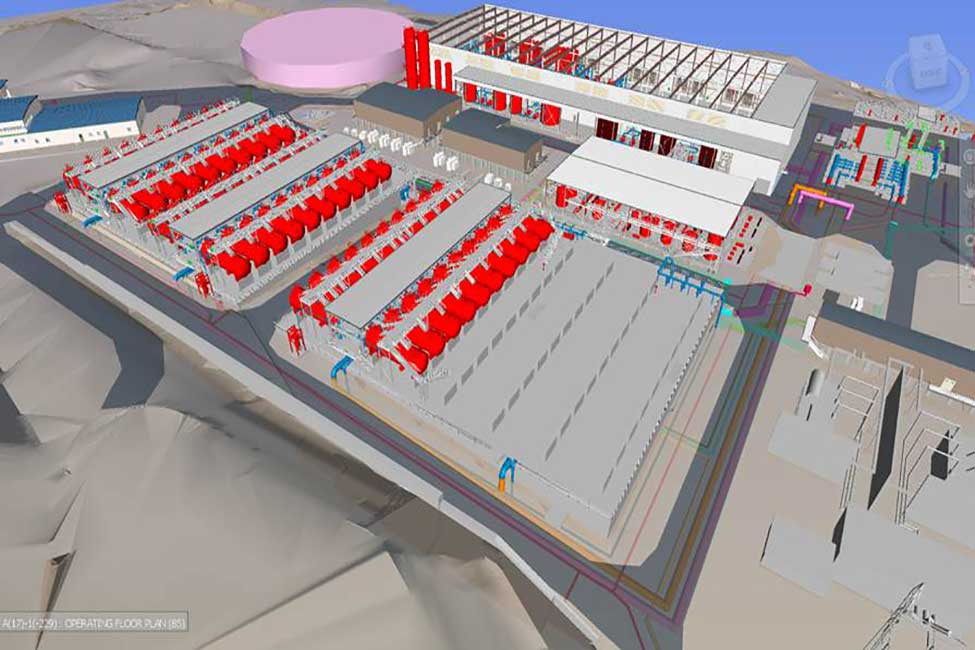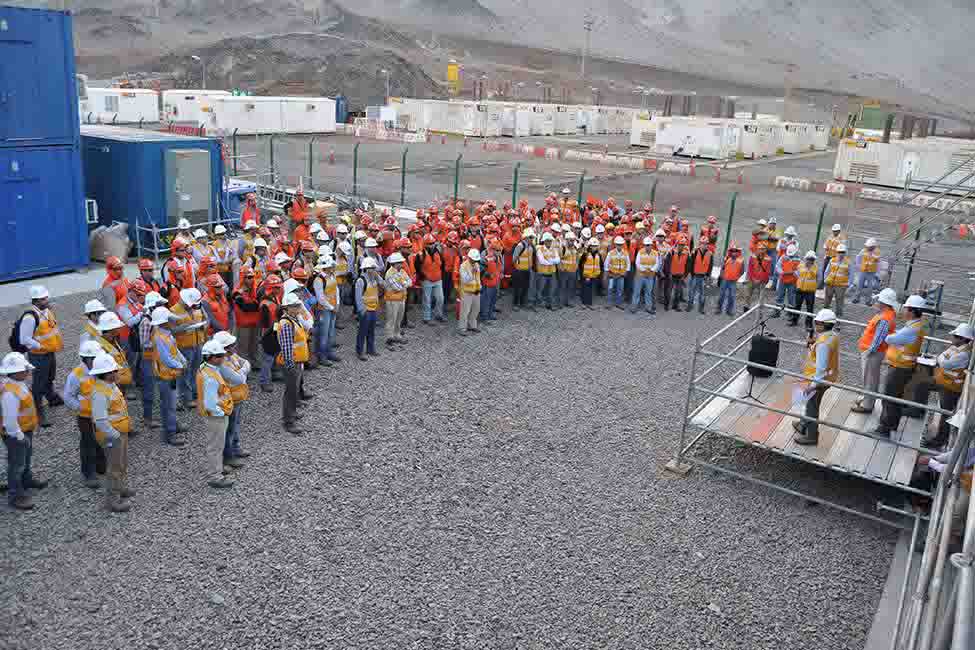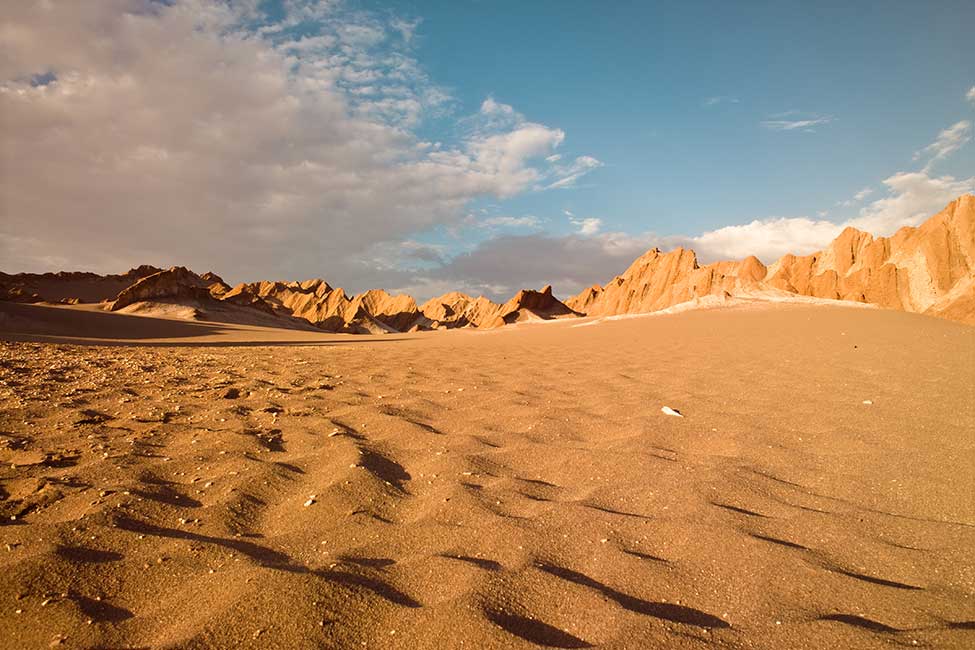Mining companies in Chile are doing their best to protect the environment and develop more sustainable production methods.
By aiming to protect local aquifers from depletion and support continuous copper production, the Escondida Water Supply project was born.
Project construction included a new seawater desalination plant that is linked to the Escondida mine site in the Andes by two 105-mile (170-kilometer), 42-inch (107-centimeter) diameter lined pipelines installed on the Pacific coast at Coloso Port in Antofagasta.
Water is transported to over 10,000 feet (3,100 meters) above sea level by four high-pressure pump stations from the port across the Atacama Desert to a reservoir at the mine. In addition, we installed 75 miles (120 kilometers) of new 220-kilovolt transmission lines, built three new substations, and expanded four existing substations to power the system. The new plant includes an offshore intake and outfall system more than 65 feet (20 meters) below the surface of the Pacific Ocean.
The system brings seawater into the desalination plant, filters much of its dissolved mineral and biological content using a reverse osmosis process and circulates extracted brine and other material back into the ocean. The desalinated water is then pumped to the mine.
Escondida Water Supply is the largest desalinization plant in the Americas and one of the largest in the world. The project was officially inaugurated in April 2018.




